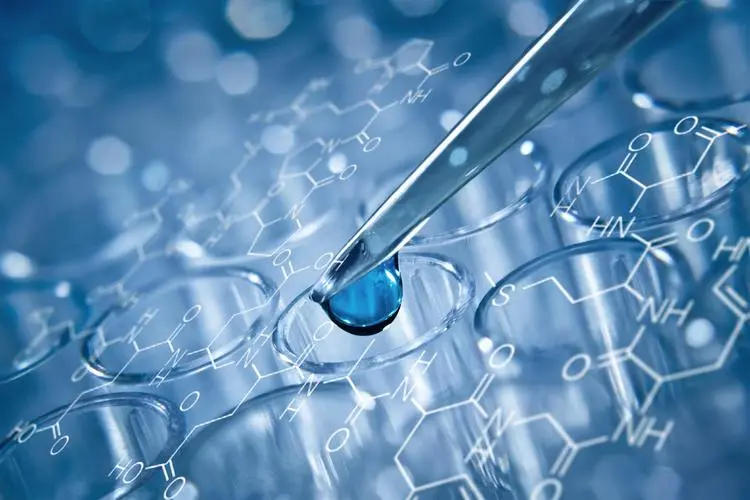Polyurethane is very versatile. This material formed by the reaction of polyols and diisocyanates can be made into skateboard wheels, rigid structures of automobiles, memory foams for mattresses, and insulation materials for refrigerators and buildings.
However, the properties of polyurethane-the properties of tightly bound molecules and usually irreversibly combined with cross-linked materials, and remeltable thermoplastics such as polyethylene terephthalate (PET) or polypropylene (PP) In comparison, its recycling is a challenge.
Plastic manufacturers are trying to use more environmentally friendly raw materials, such as polyols extracted from soybean oil, to improve the sustainability of polyurethane.
Huntsman has adopted a similar strategy, but in its case, it is making polyurethane more sustainable in a way that helps solve the wider plastic waste problem: using polyols extracted from recycled plastic. . The company recently opened a factory in Taiwan to produce Terol aromatic polyester polyols from post-consumer polyester bottles. This 22,000-ton/year plant is its second plant to use this technology. The company said that since then, the company's consumption in Houston is equivalent to 5 billion PET bottles. In these factories, Huntsman starts with a process similar to glycolysis, decomposing PET into short-chain oligomers. This is in sharp contrast to other companies, which depolymerize PET to the structural chemicals dimethyl terephthalate and ethylene glycol, and then condense it into PET or other polyesters.
Huntsman has redesigned oligomers to build the required molecular weight, functionalized polymer backbone, and combine the resulting aromatic polyester polyols with other polyols to obtain the required properties for various applications. Relevant personnel stated that the final polyol that the company is producing has 30% to 40% recyclable content. He said Huntsman can increase its content to 60%.
Huntsman would not pick up the bottle on the side of the road to handle it himself. Instead, it buys flake pets made from bottles that the recycling company has collected, sorted and cleaned. The last part is very important. According to relevant personnel, strict control of the quality of recycled PET is the key to maintaining high quality standards for polyol products.
Mumick said that aromatic polyester polyols impart rigidity, insulation and fire resistance to polyurethane foam, making it very suitable for building insulation panels and spray foam insulation. This is in sharp contrast with polyether polyols, which are more flexible and can be used in applications such as memory foam mattresses.
A long-term problem in plastic recycling is downgraded recycling, that is, plastic is converted into something less valuable than its original purpose. Related personnel call Terol an example of an upgrade cycle, because recyclable polymers are used in applications such as insulation, helping to save energy for many years. "When all these things start to accumulate, they become a very good sustainability story," said the relevant person.
"It contains recycled content that attracts industrial customers. Many industrial customers aim to include 15-20% recycled content in their own products. This gives us a competitive advantage." Mumick said.
Huntsman is not the only one seeing the potential for recycling polymers in specialty chemicals. Resinate Materials Group, headquartered in Plymouth, Michigan, has also been developing a glycolysis process that converts PET into polyester polyols.
BioCellection, located in Menlo Park, California, is developing a thermal oxidative decomposition process that converts polyethylene into chemicals that can be made into polyurethane. Canada's GreenMantra is using a thermal catalytic process to prepare polymer additives from mixed polyolefins.
Now that Huntsman has established a factory in Taiwan, the next step may include establishing a factory in Europe.

Mumick said: "If the market continues to need this product in the next 10 years, we can grow at a rate of 10% per year."



